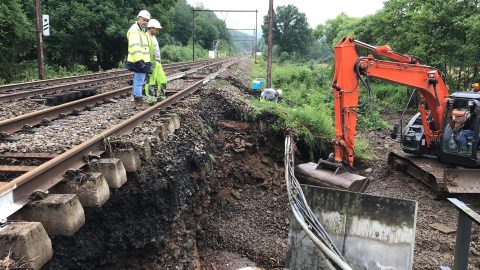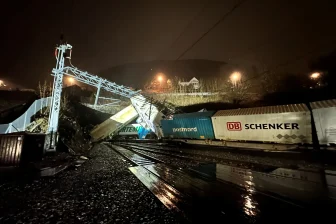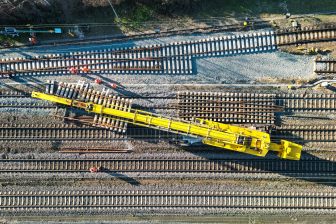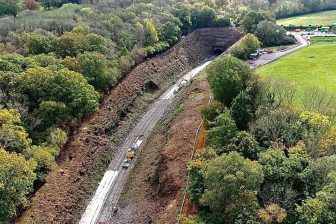
The lessons Infrabel learned from the flood: ‘We had never expected the rail embankments to become so unstable’
source: Infrabel
“The flooding of last year was the worst disaster we ever experienced on the Belgian railways”, said civil engineer at Infrabel Bart Kamoen at the RailTech webinar on Climate Change Adaptation. How did Infrabel deal with the aftermath and what is needed to make the railways more resilient?
Want to read more?
You have read all of your free premium articles for this month. Please become a subscriber to keep reading.
Subscribe now!
Take advantage of our exclusive offer to get full access to all premium content.



